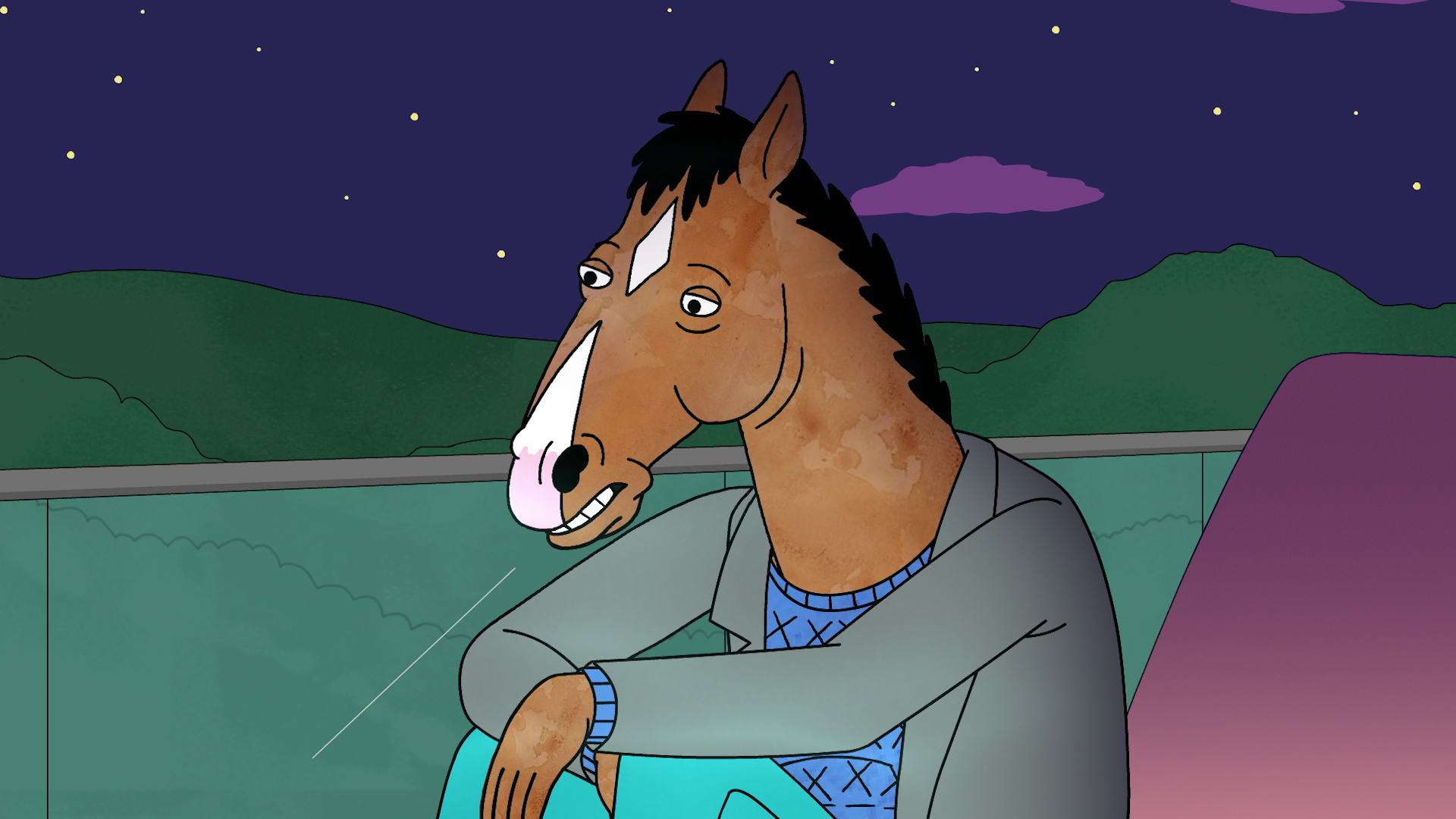
Netflix's newest season of BoJack Horseman, a cartoon about a depressed horse (man) and his struggling friends, is as dark as ever. Several of the episodes focus on BoJack's mother, Beatrice Horseman, who grew up in 1940s America.
Beatrice's experiences with medicine in that era informed her terse, unaffectionate personality. However, these treatments are no longer common, so you might not understand exactly what happened. Read on for spoilers, and an explanation into these bizarre actions.
What happened to Honey Sugarman?
In Episode 2, "The Old Sugarman Place," Beatrice's mother, Honey Sugarman, becomes depressed after losing her son in World War II. She has a mental breakdown and crashes a car, and her family doesn't know how to address her feelings. Beatrice's father, Joseph, thinks that the best way to prevent Honey from having any more emotional turmoil is to have a doctor perform brain surgery on her.
No one in the show says the name of the procedure, but it's highly suggested that Honey has a prefrontal lobotomy. The scar on her head and her immediate loss of affection and charisma are hallmarks of the procedure.
Lobotomies involve breaking through the eye socket or, such as with Honey, through the forehead, and cutting connections from the prefrontal cortex to the rest of the brain. In the 1940s and 1950s, lobotomies became a popular treatment in the United States (especially for female patients). Lobotomies left patients typically easier to care for but also lethargic or completely incapacitated, such as in the case with Rosemary Kennedy, the sister of President John F. Kennedy. The procedure was used as a tool to "cure" addicts, criminals and LGBT people. Lobotomies went out of style with improved treatment of people with mental disorders, especially the development of antipsychotic drugs.

Why did the family burn Beatrice's dolls?
Following that, Beatrice contracts scarlet fever. Her throat hurts, she faints and she has a rash on her neck. Scarlet fever, or scarlantia, is characterized by the symptoms that Beatrice exhibits, as well as headaches and swollen lymph nodes. Group A Streptococcus infections cause scarlet fever, which is highly contagious. You can contract scarlet fever just by touching items that are infected with the bacteria and then touching your nose or mouth.
For this reason, it was once common to burn items that belonged to someone infected with the illness. (Remember the fire that Margery Williams's Velveteen Rabbit narrowly escaped? The flames were to rid the bunny of the bacteria that lived on him and his plush friends.)
Beatrice receives treatment for her illness, and in the night finds that people are burning all her belongings. Today, a strong disinfectant would be enough.
How did Hollyhock get addicted to amphetamines?
In 2017, Beatrice is old and senile, and she's staying with her son and his half-sister Hollyhock. Being conditioned to believe that being thin is critically important for women, she decides to spike Hollyhock's coffee with Chub-B-Gone. Hollyhock ends up easily irritated, uninterested in food and obsessively sorting change—things that someone on amphetamines might do.
In the 1940s, amphetamines became a go-to drug for doctors to prescribe to overweight patients. They worked well, but they led to addictions and deaths, so the FDA increased restrictions on them. Now amphetamines are primarily prescribed for treating attention deficit disorder (in doses much less easily abused) and occasionally, binge eating .
An overarching theme in BoJack Horseman is how seemingly good but misguided intentions leave scars that ripple through generations. While medicine has come a long way since the 1940s, looking back on the era's illnesses and their treatments is still important for us to understand their impact.
Time's arrow marches on.
Uncommon Knowledge
Newsweek is committed to challenging conventional wisdom and finding connections in the search for common ground.
Newsweek is committed to challenging conventional wisdom and finding connections in the search for common ground.
About the writer
Kristin is a science journalist in New York who has lived in DC, Boston, LA, and the SF Bay Area. ... Read more





